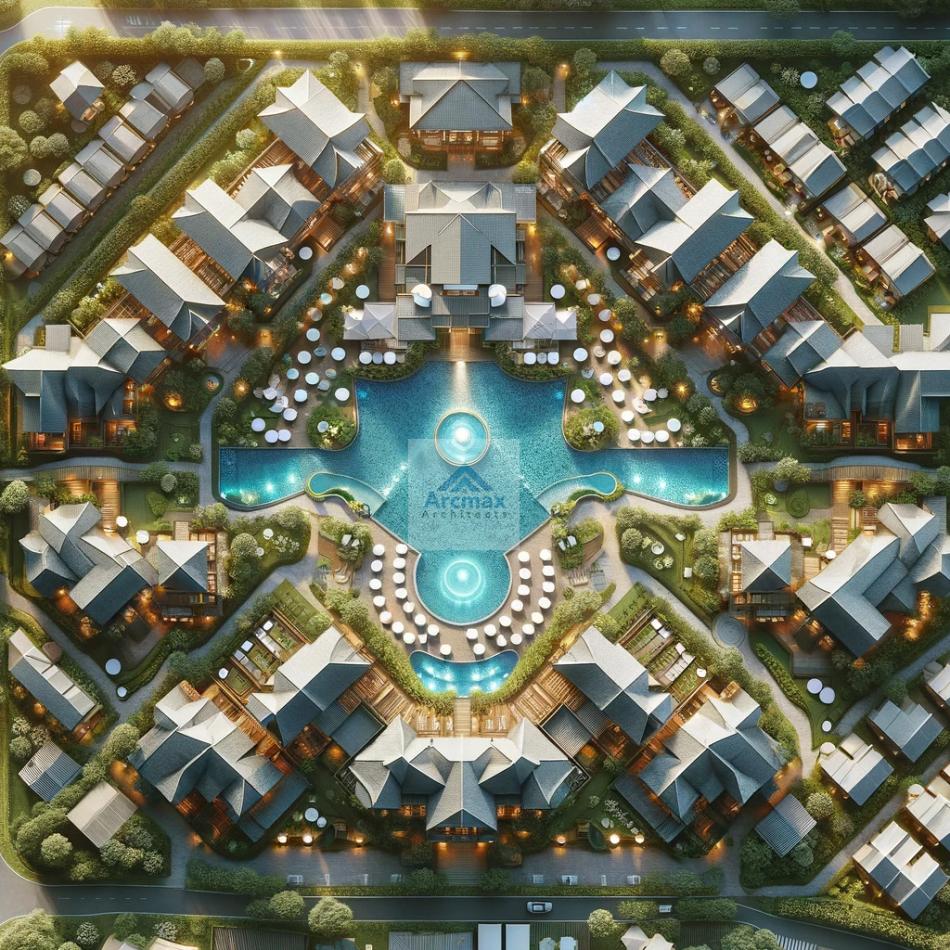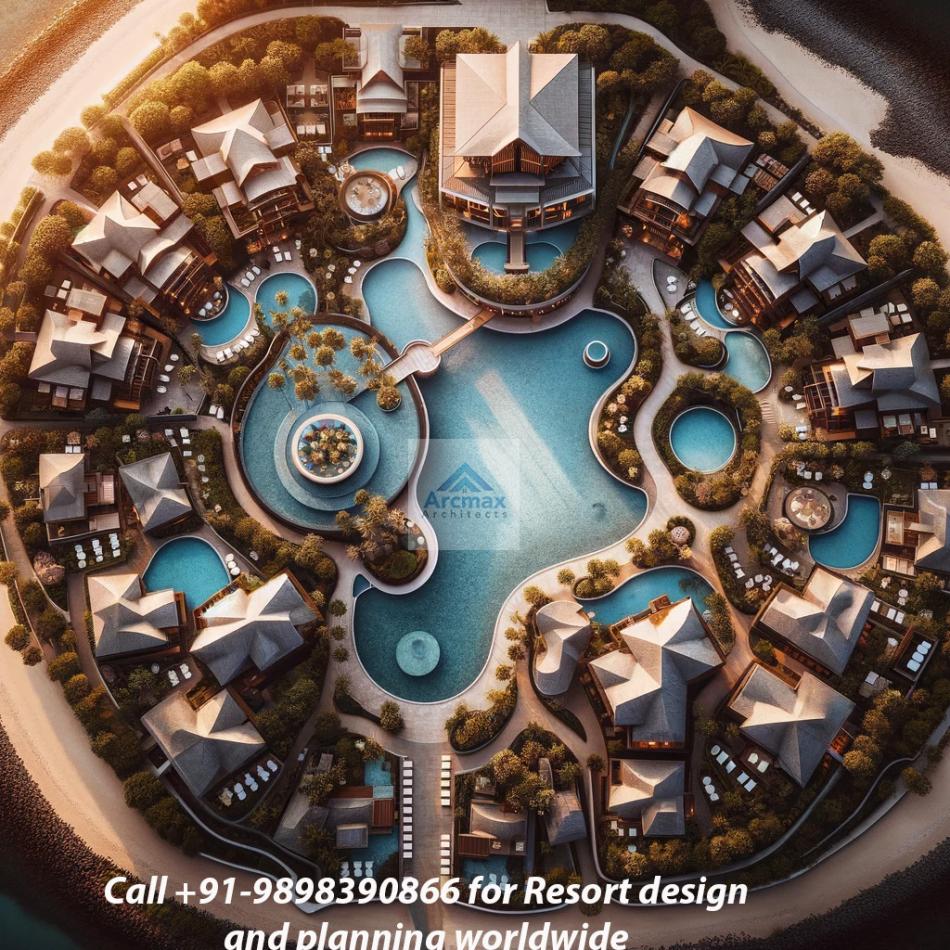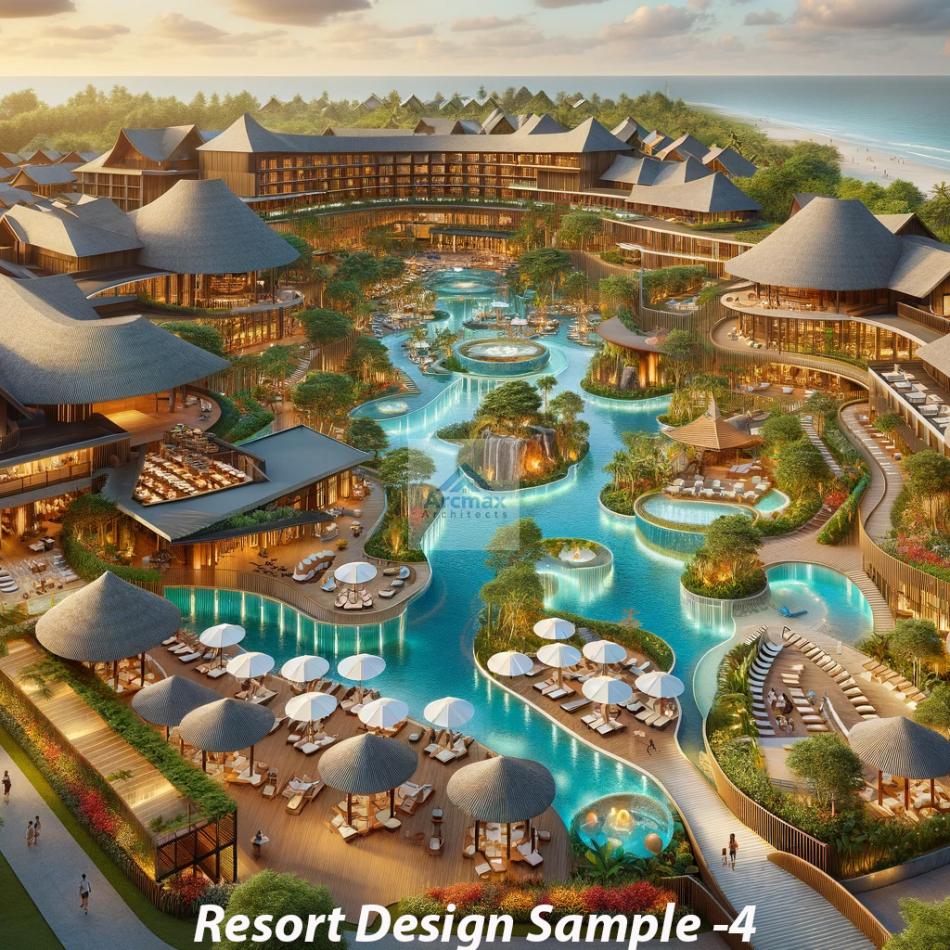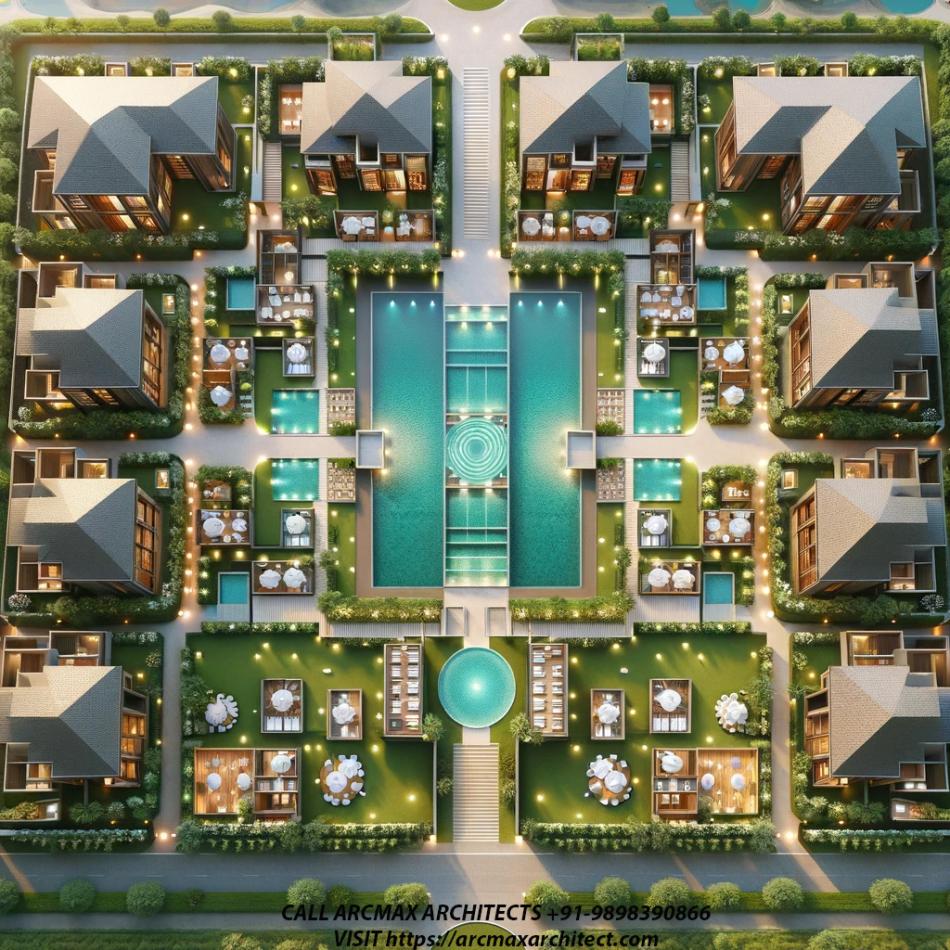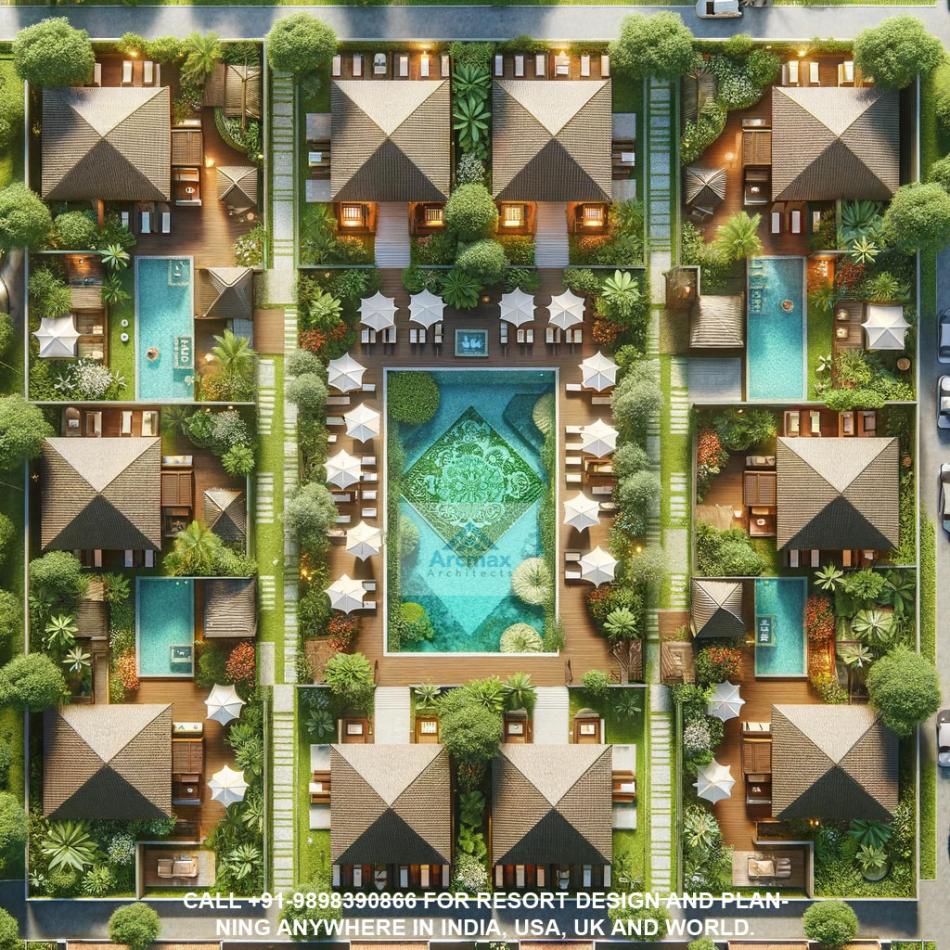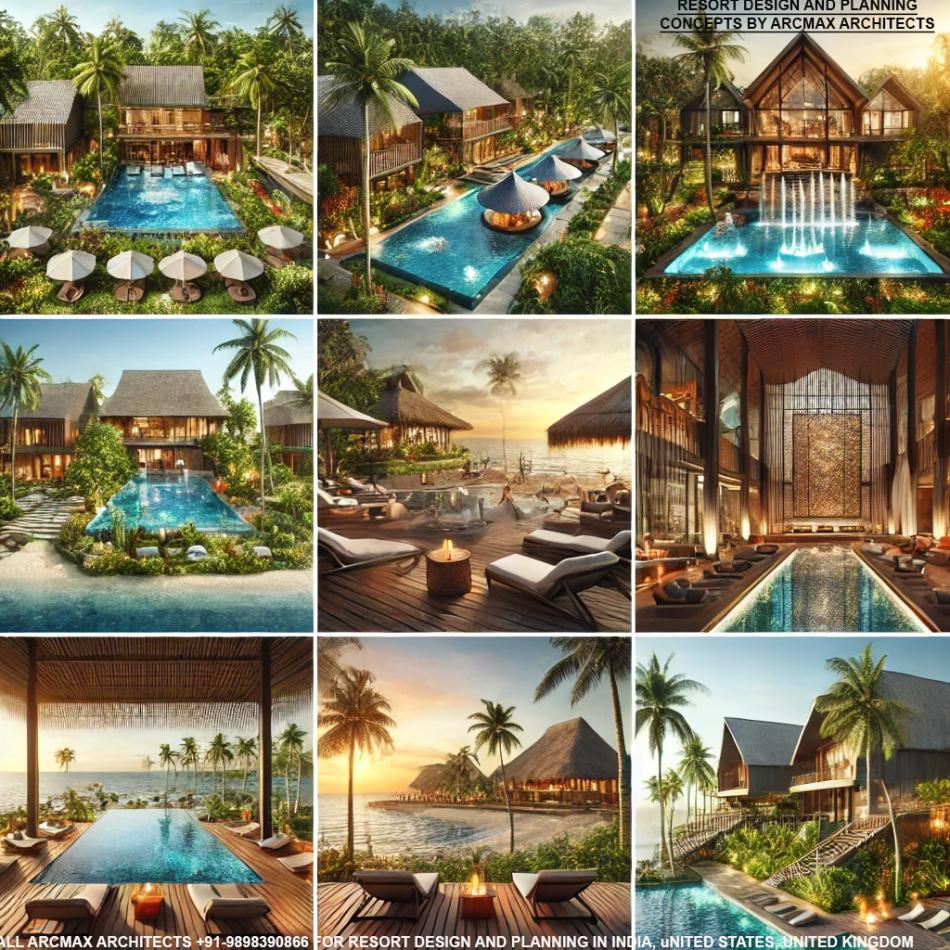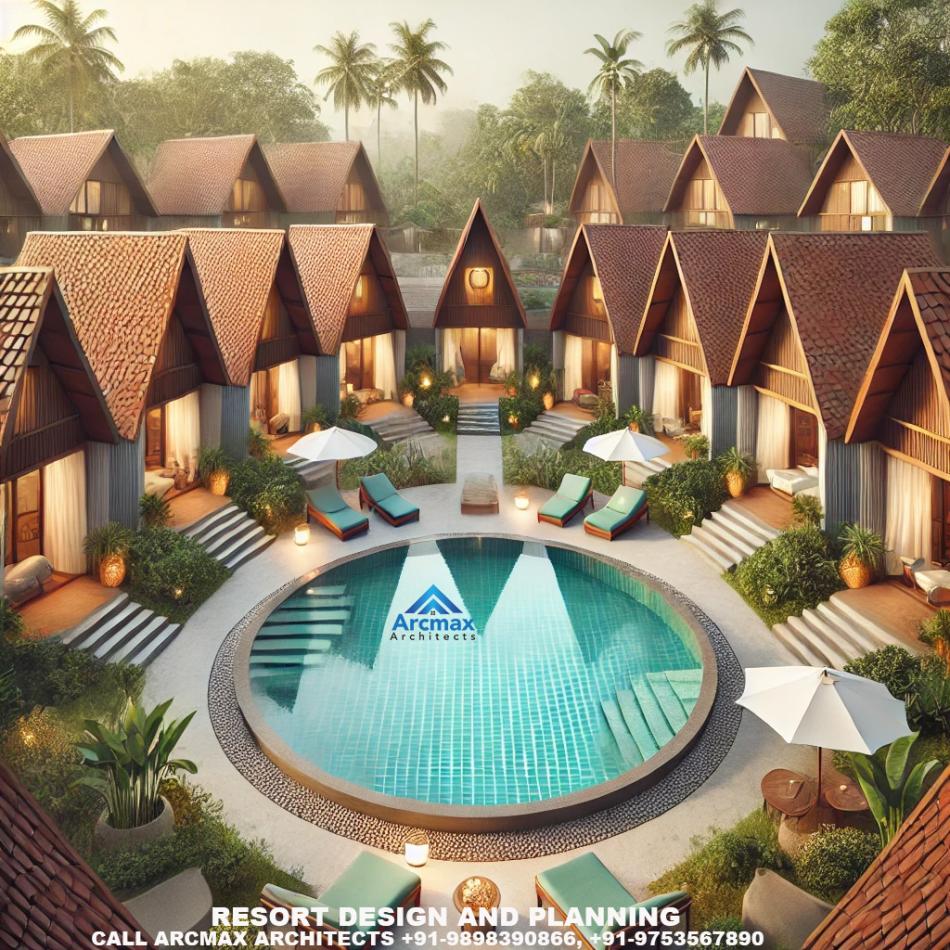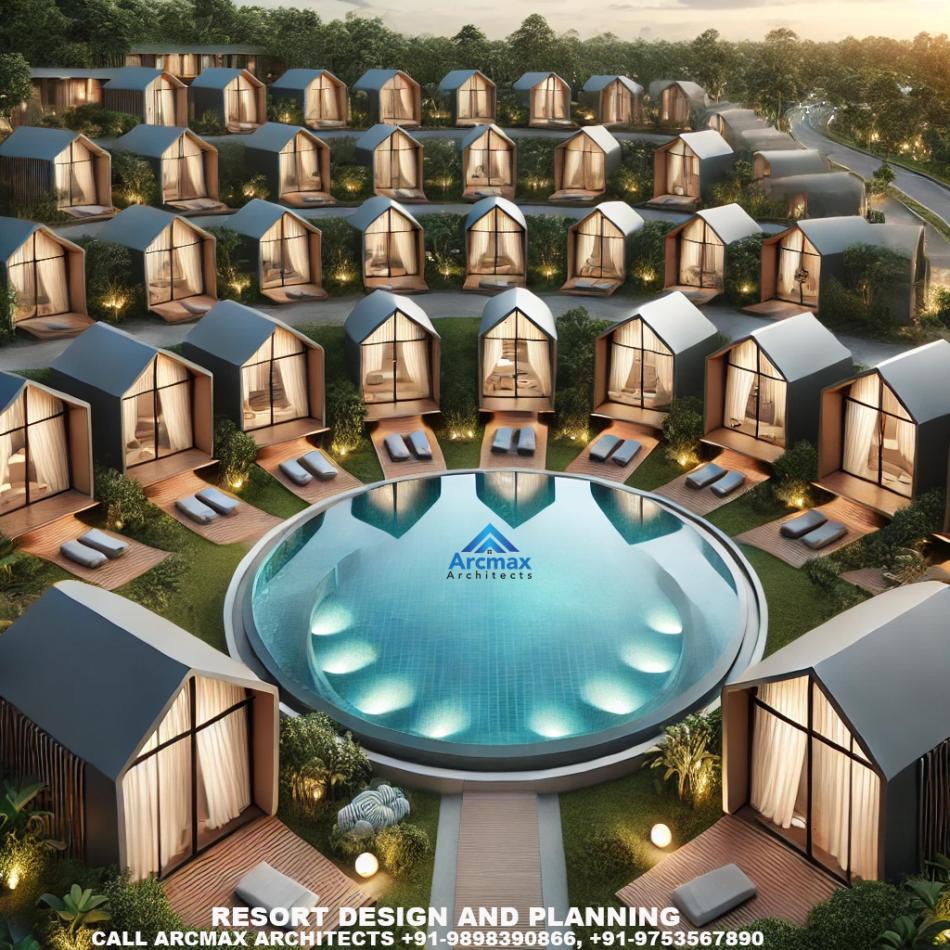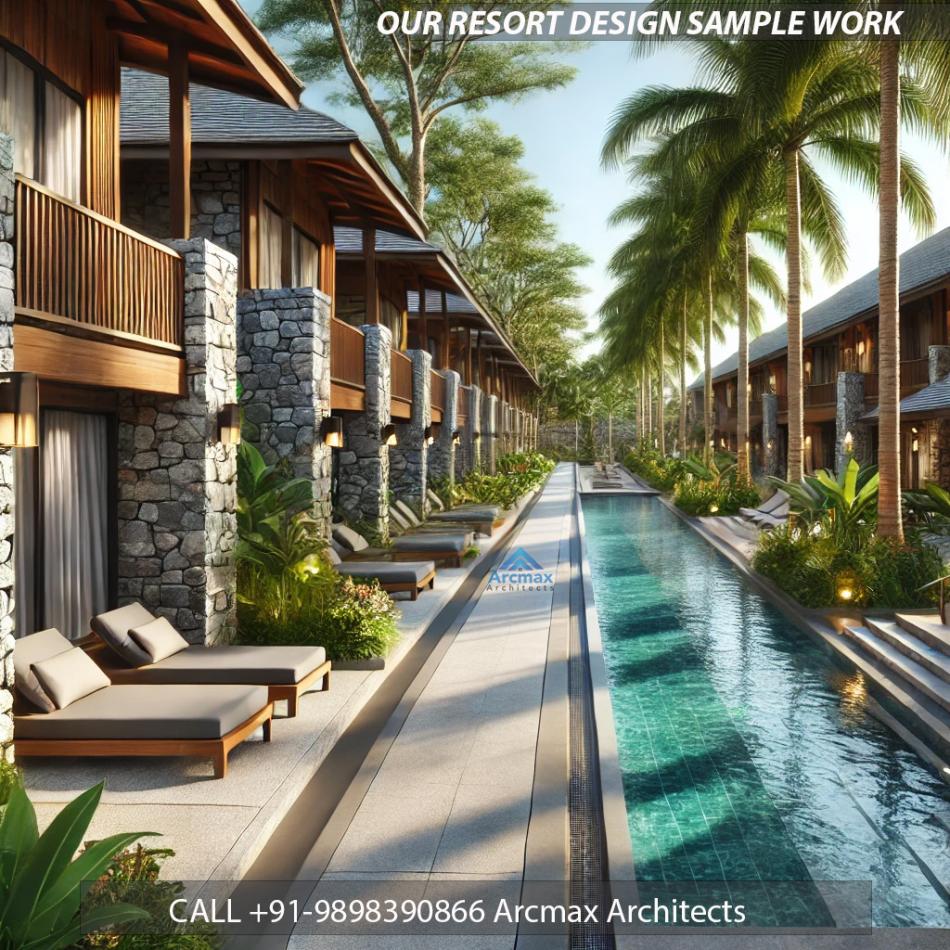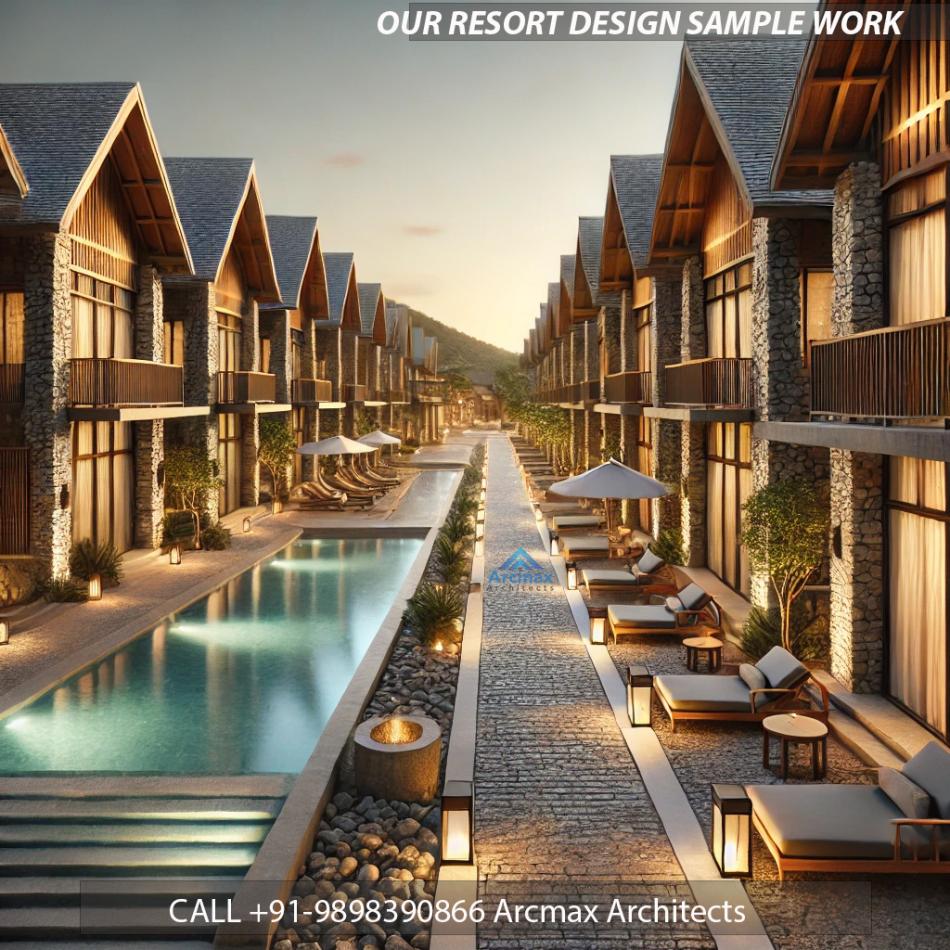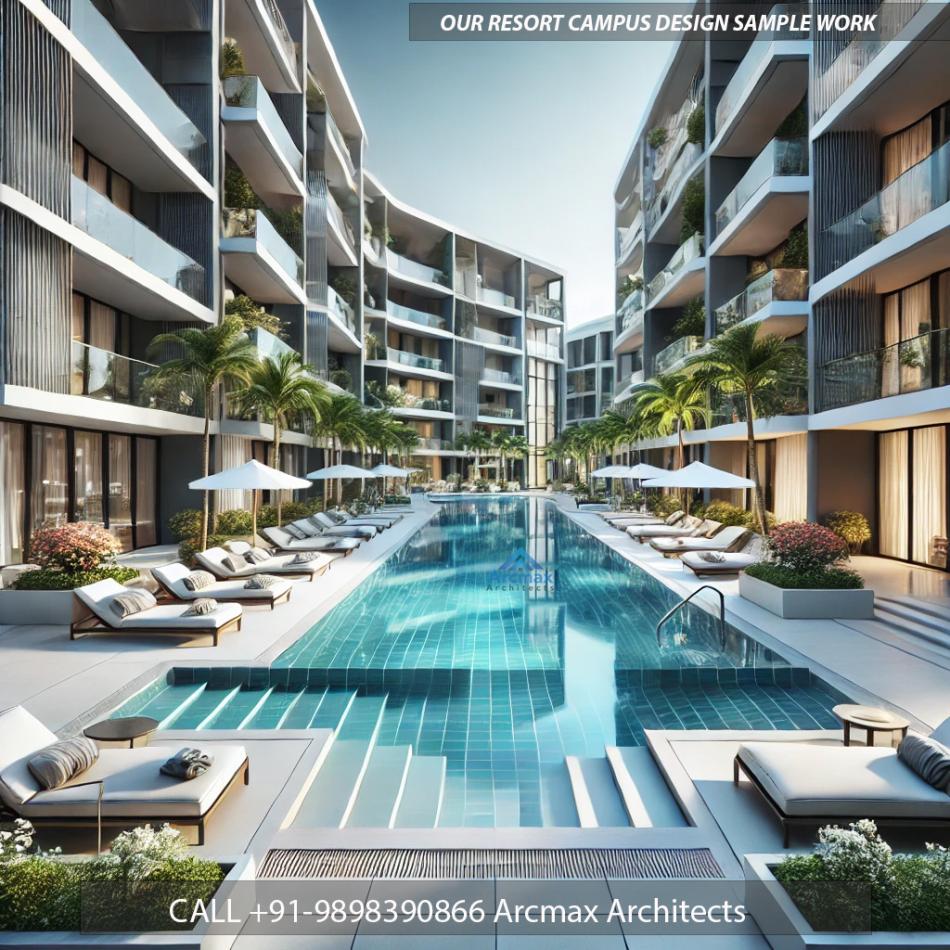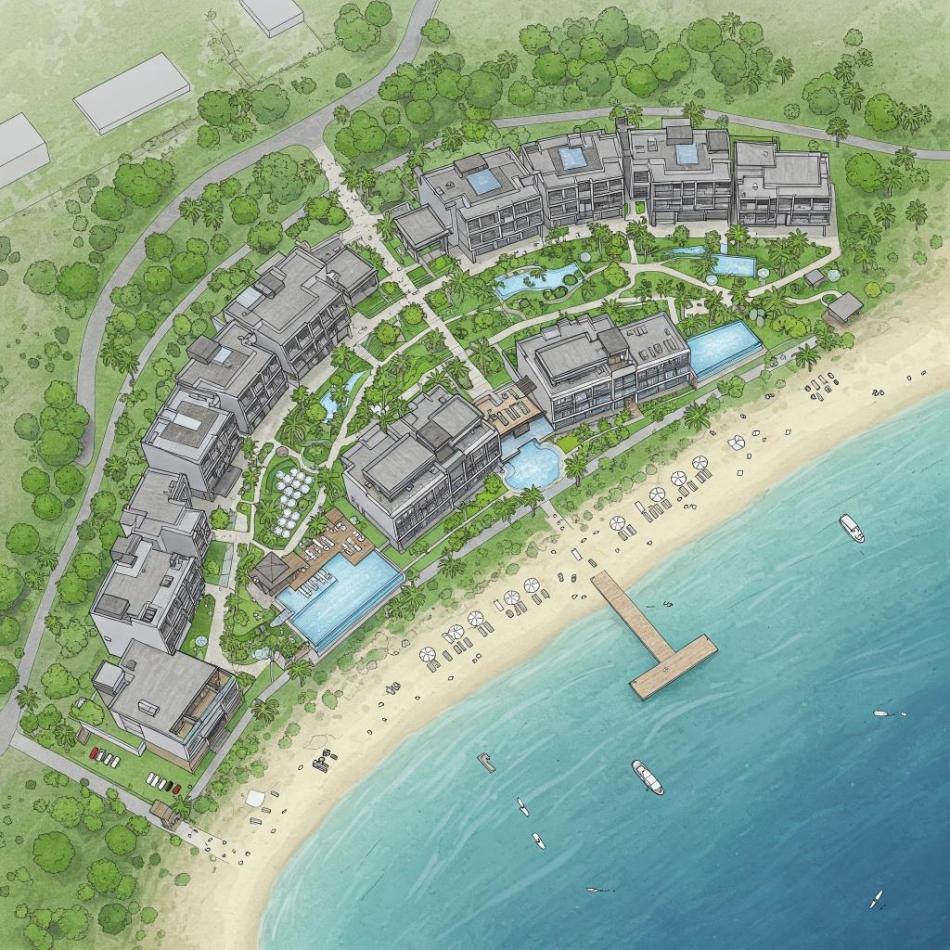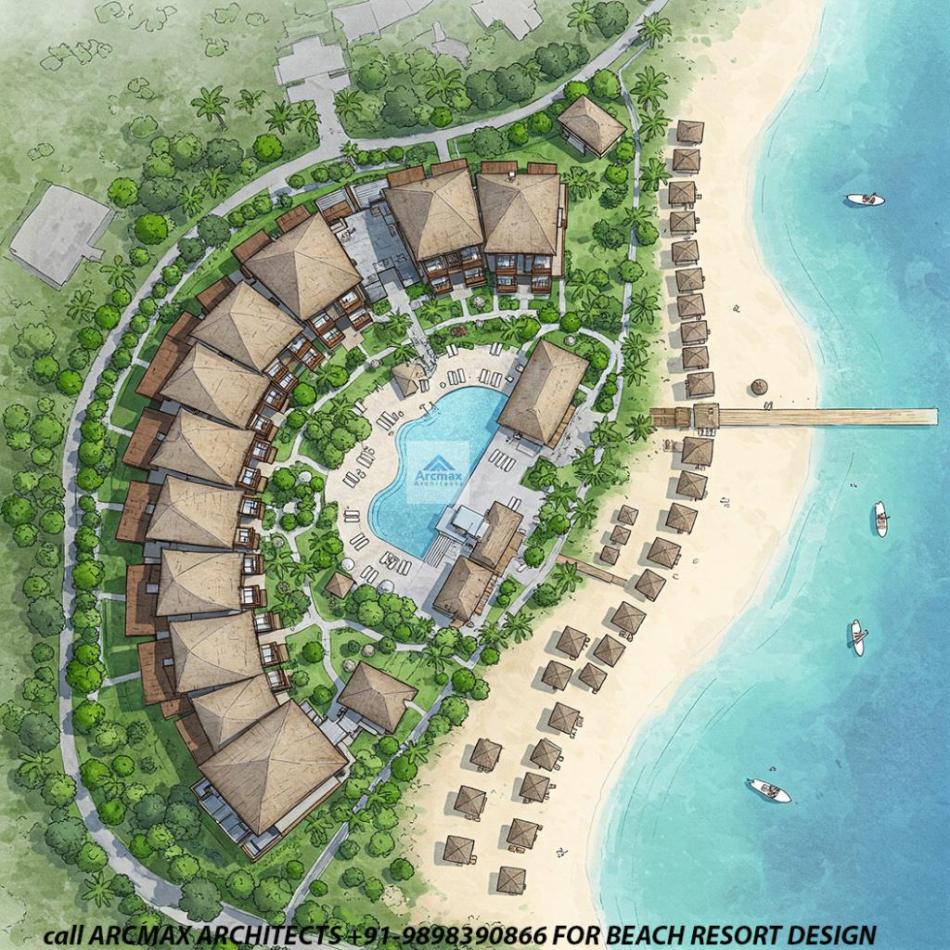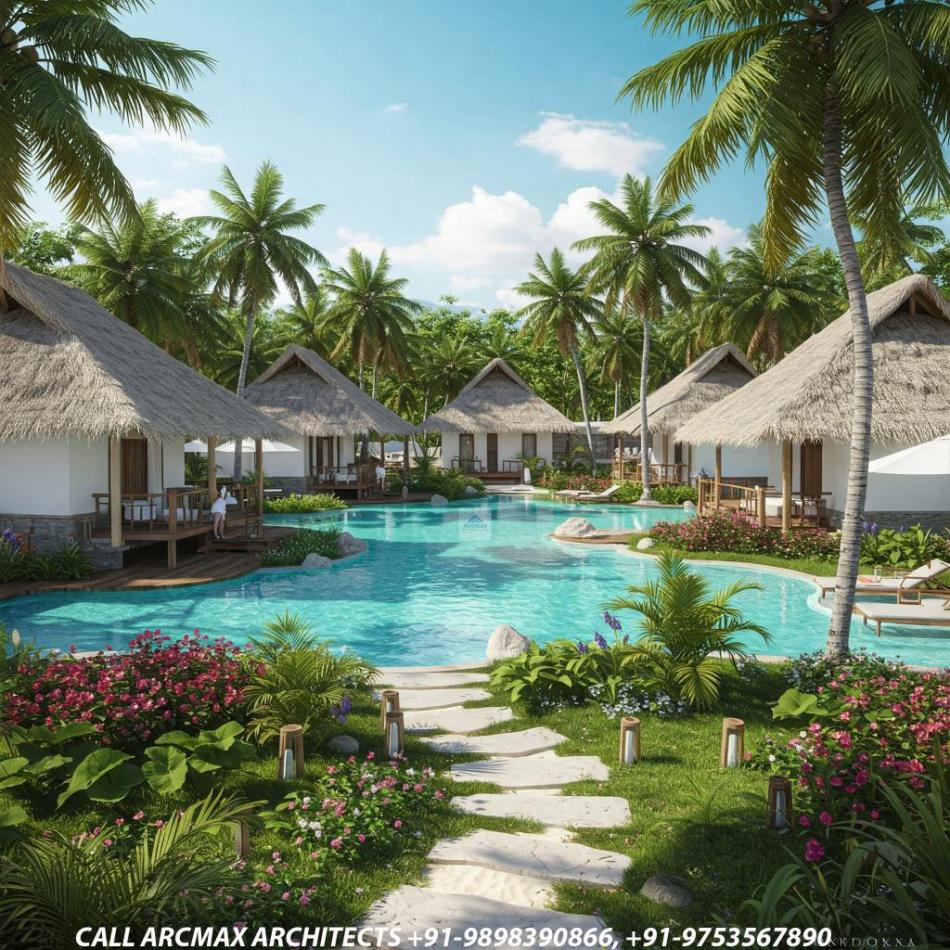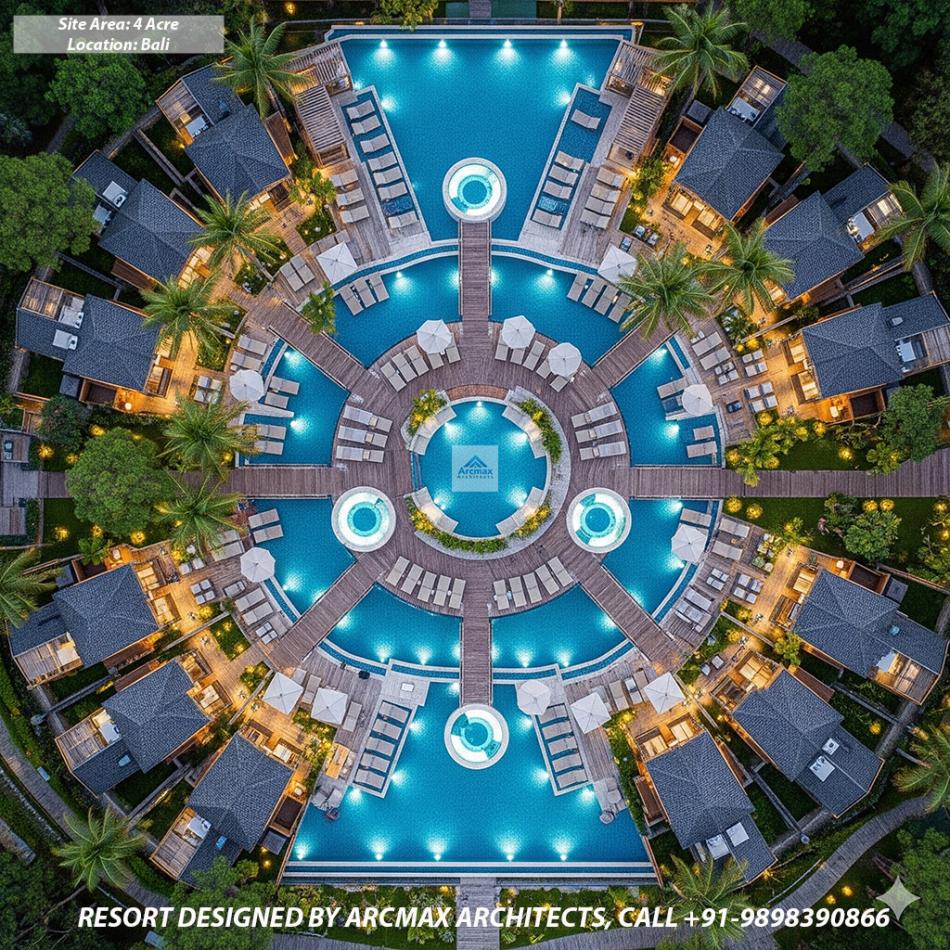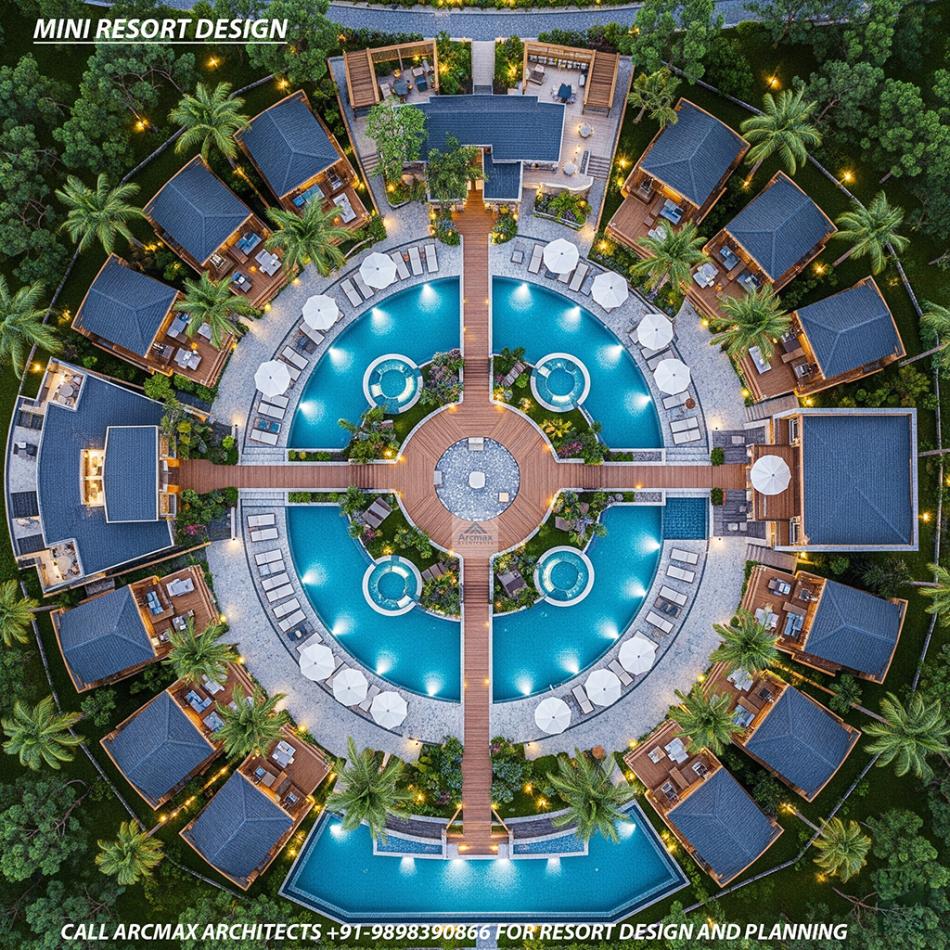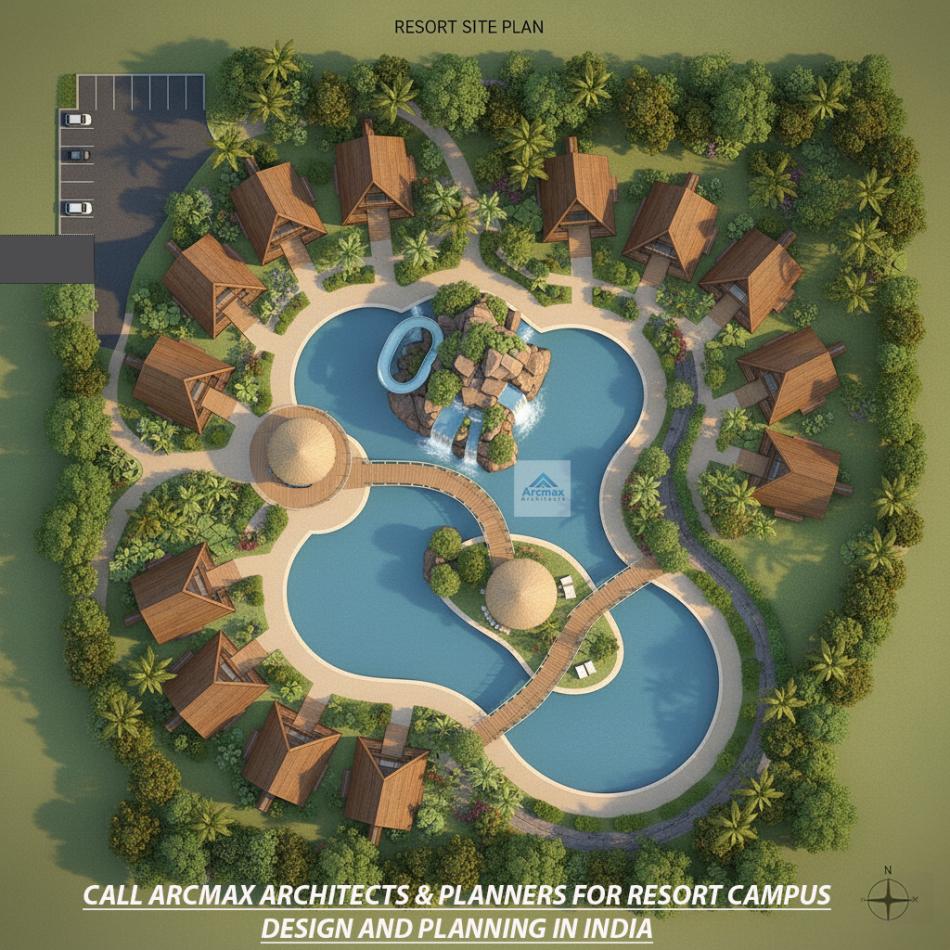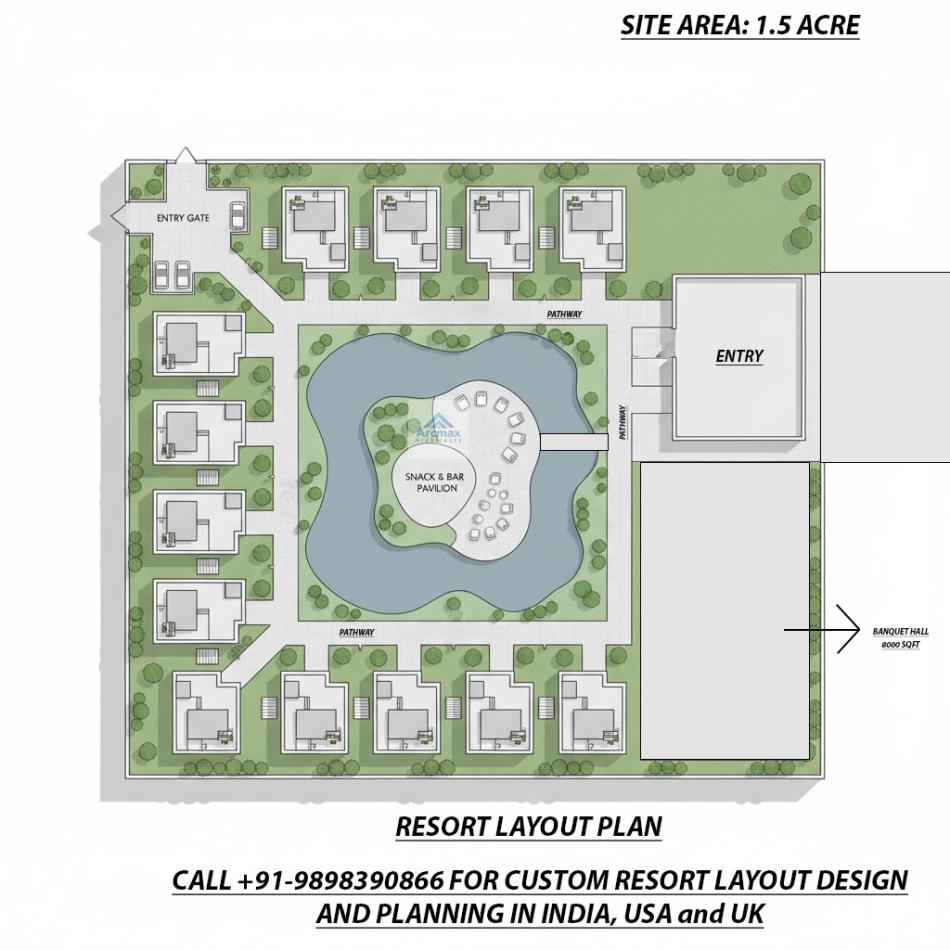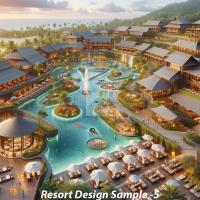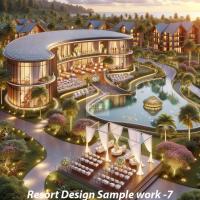Bakeri City, Pincode: 380015 Ahmedabad, Gujarat, India,
244 Madison Avenue, New York, United States
Our Client






Health and Wellness Resort Design and Planning
Are you looking for best architects for Health and Wellness Resort Design and Planning ? Hire arcmax architects Today or call +91-9898390866 for Health and wellness resort design and planning anywhere in india, USA and UK.
The design and planning of a health and wellness resort require a strategic approach to creating an environment that promotes relaxation, rejuvenation, and overall well-being. These resorts cater to guests seeking physical, mental, and spiritual renewal, blending modern amenities with nature-centric experiences. This document outlines the key principles and considerations in designing and planning a successful health and wellness resort.
Arcmax Architects: Leaders in Health and Wellness Resort Design
Arcmax Architects specialize in designing and planning world-class health and wellness resorts, blending luxury with sustainability. With a keen focus on holistic well-being, our architectural solutions incorporate nature-centric designs, cutting-edge wellness technologies, and eco-friendly materials. Whether it's a serene mountain retreat or a coastal wellness sanctuary, Arcmax Architects create transformative spaces that elevate the guest experience while promoting harmony and relaxation.
Key Design Principles:
1. Location and Site Selection
Choose a serene, natural setting such as coastal regions, mountains, forests, or near hot springs.
Ensure accessibility while maintaining exclusivity.
Consider climate and environmental sustainability.
2. Architectural and Interior Design
Adopt biophilic design principles, integrating natural light, water elements, and greenery.
Use eco-friendly, sustainable materials for construction and decor.
Focus on open, airy spaces with a calming color palette.
3. Wellness-Oriented Facilities
Spa and Therapy Areas: Provide massage rooms, hydrotherapy pools, saunas, and meditation spaces.
Fitness and Yoga Studios: Incorporate indoor and outdoor areas for physical wellness activities.
Holistic Healing Centers: Offer alternative therapies such as acupuncture, aromatherapy, and naturopathy.
Nutritional Facilities: Include organic restaurants, juice bars, and detox programs.
4. Accommodation and Guest Experience
Design rooms with natural elements, large windows, and private outdoor spaces.
Offer personalized wellness programs tailored to individual health goals.
Ensure soundproofing and comfortable bedding for quality sleep.
5. Landscaping and Outdoor Spaces
Develop tranquil gardens, walking trails, and meditation zones.
Include water features like fountains, natural pools, and reflection ponds.
Utilize native plants for a sustainable and visually appealing environment.
Sustainability and Eco-Friendly Practices
Implement renewable energy sources such as solar or geothermal power.
Promote rainwater harvesting and water recycling systems.
Utilize zero-waste principles with composting and biodegradable materials.
Encourage farm-to-table dining with organic and locally sourced ingredients.
Technology Integration
Utilize smart technology for seamless guest experiences (e.g., app-based bookings, wellness tracking).
Provide virtual wellness coaching and digital detox options.
Ensure high-speed Wi-Fi while promoting digital wellness.
Operational Considerations
Train staff in wellness hospitality, ensuring personalized guest interactions.
Partner with wellness experts for specialized programs and retreats.
Develop flexible spaces for hosting wellness workshops, retreats, and events.
The design and planning of a health and wellness resort must align with holistic well-being principles, sustainability, and guest comfort. By integrating nature, modern amenities, and wellness-focused experiences, these resorts can provide a sanctuary for guests seeking rejuvenation and balance in their lives.


